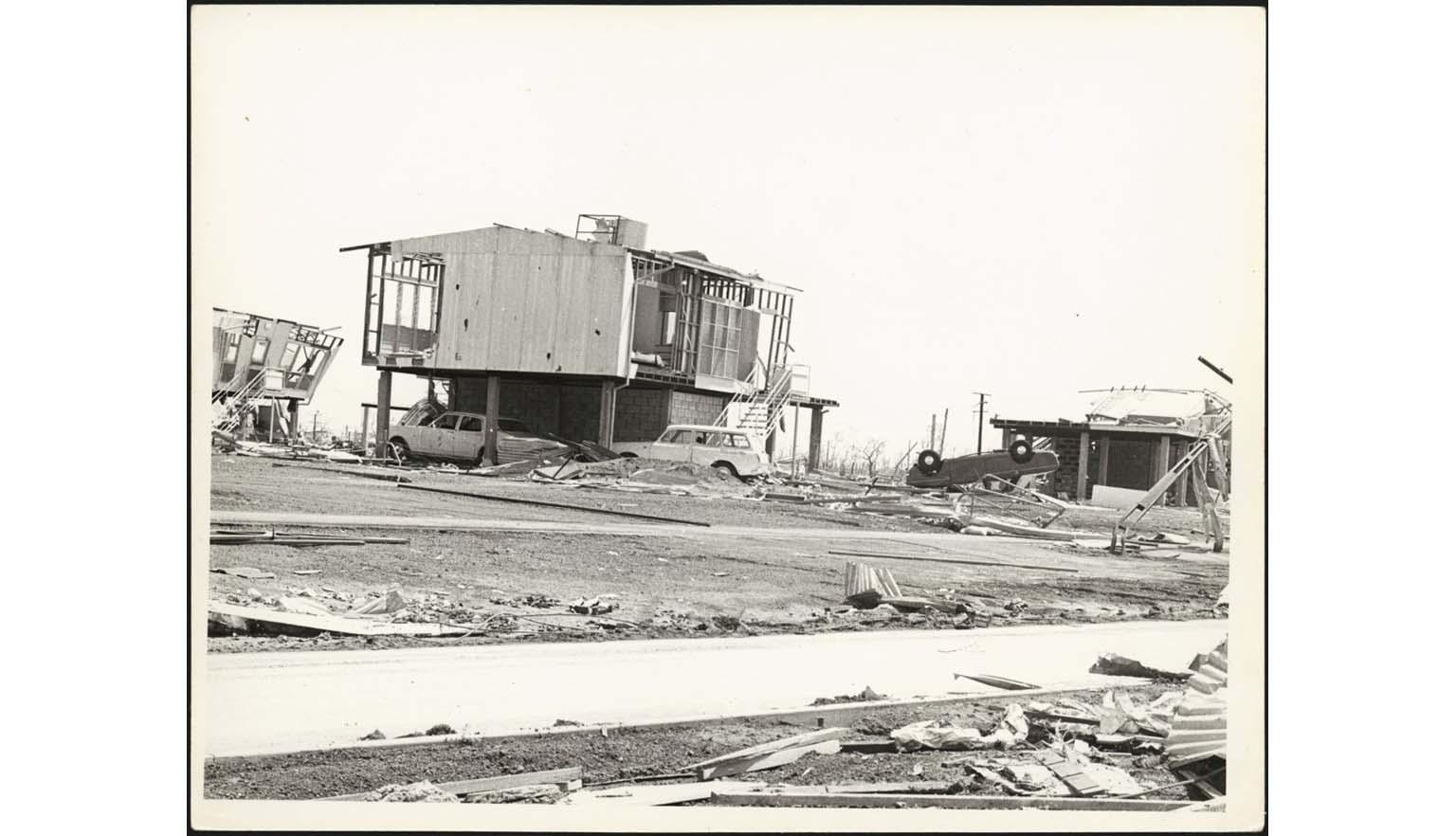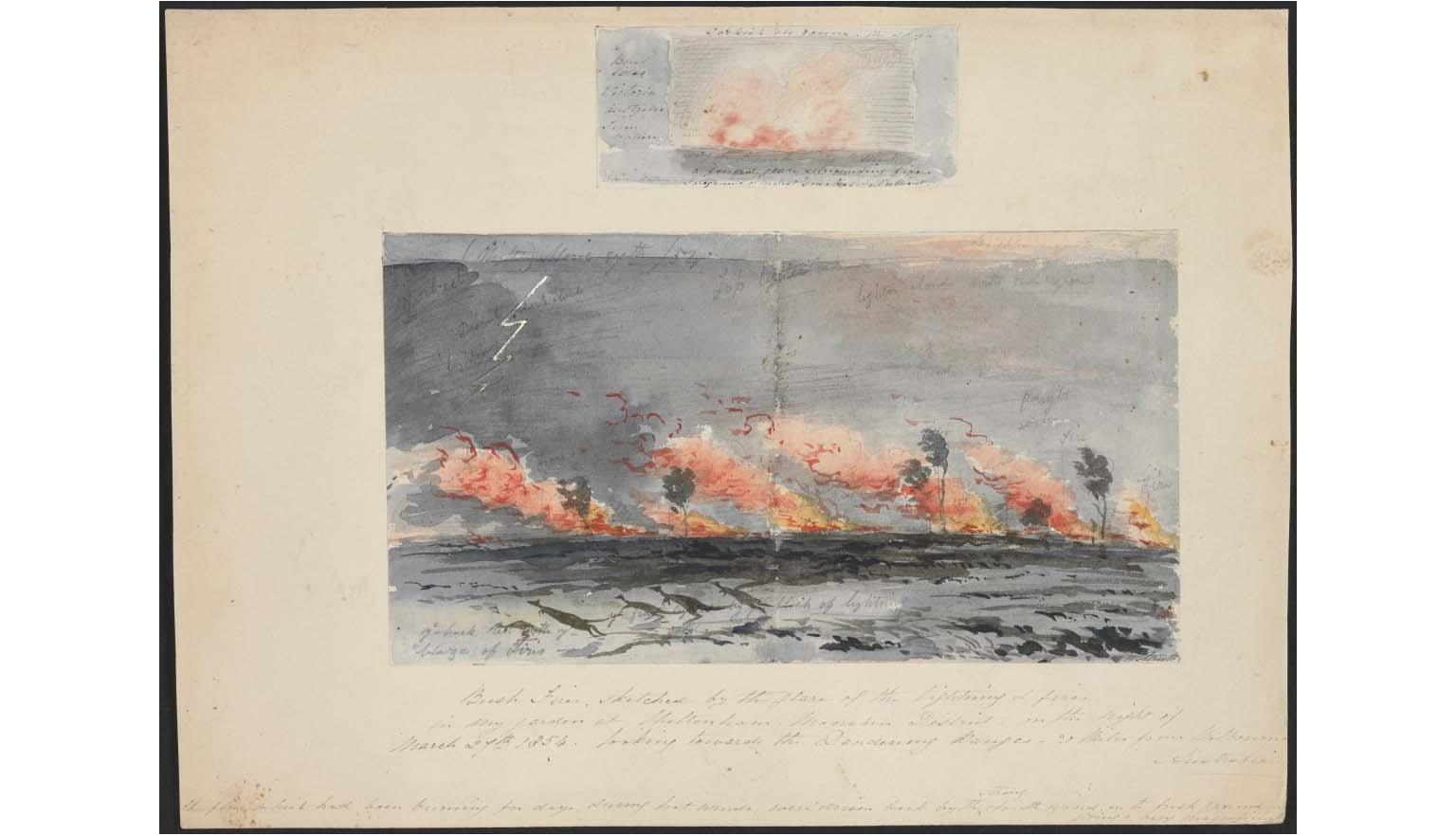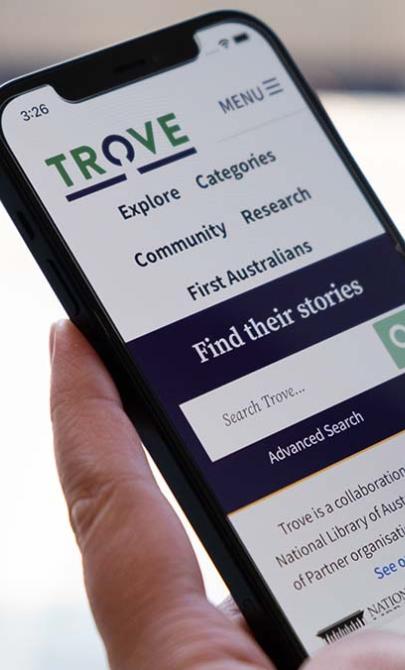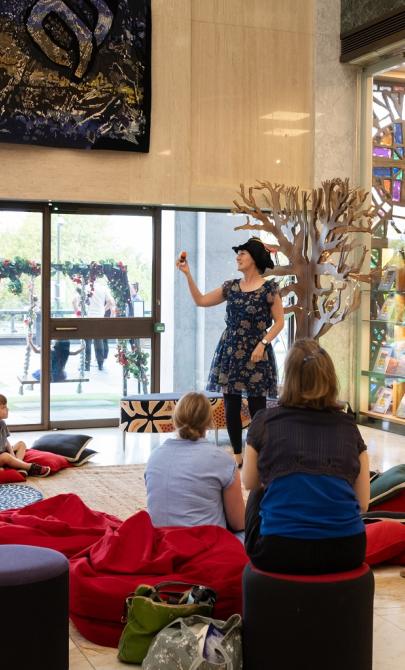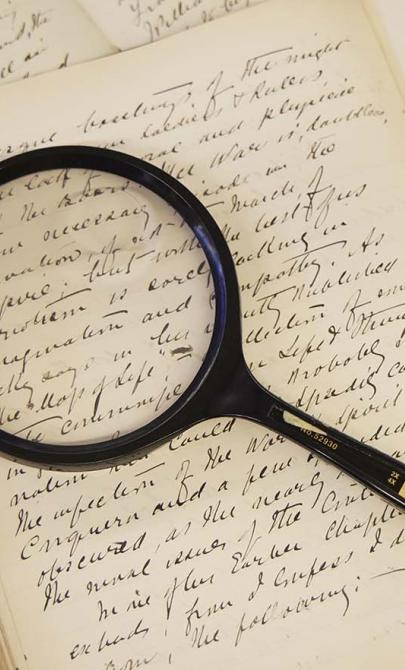Experiencing weather
Living through extreme weather
Australia is known for its extreme weather, with many stories and first-hand accounts describing the impact of droughts, bushfires, floods and cyclones.
One of the most devastating events was Cyclone Tracy, which struck Darwin on Christmas Day, 25 December 1974. Major General Alan Stretton described the scene:
In the early hours of Christmas morning, in the pitch black of night, in the ruins of their homes, in the torrential rain and the shrieking gale, families huddled together under beds, in cupboards and anywhere that gave them a chance of survival.
During disasters like this, people are forced to take shelter and face forces far beyond human control. Photographs, interviews and first-person accounts offer powerful insights into how individuals and communities respond to extreme weather.
Both official reports and interviews — with leaders like Major General Stretton and with everyday people — help us better understand the human experience of weather-related disasters.
Learning activities
Activity 1: Disaster strikes – Research and analysis
Search the catalogue or Trove to find accounts of disastrous weather.
Here are some examples to get started:
- Floods, The Gnowangerup Star and Tambellup-Ongerup Gazette, 9 November 1940, p.2, nla.news-article158227133
- The Weather: Hail Storm, The Yass Courier, 13 December 1910, p.2, nla.news-article246632295
- Ball Lightning, Daily Mercury, 2 November 1953, p.10, nla.news-article169660249
- Jim McJannett, The Great Cyclone Mahina and Tsunami and a Search for a Thursday Island Grave, Torres News, 6 August 2008, p.4, nla.news-article254355730
Activity 2: Mock interview
After reading or listening to real-life accounts of disastrous weather, have students conduct a mock interview. They should:
- prepare a set of questions and possible answers
- record the interview as a video, using appropriate body language, tone, and gesture for both the reporter and the interviewee
Activity 3: Creative response
Have students choose one of the following creative options:
- develop a series of visual images for each natural disaster using mixed media (such as paint, crayon, ink, collage, newspaper cuttings, quotes, maps and keywords)
- create and perform a movement piece that expresses the emotional impact of a natural disaster using dance and music

